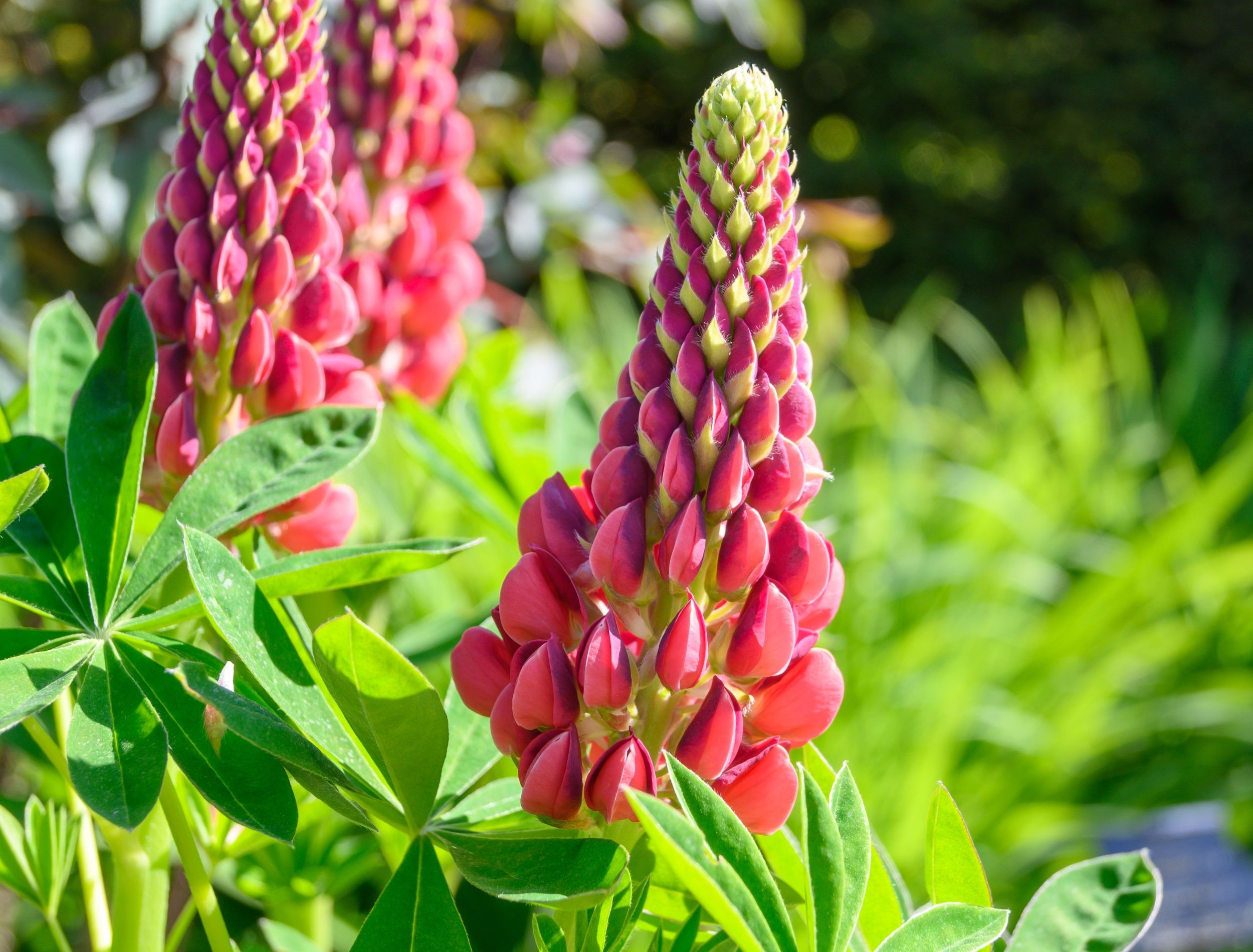Perennial flowers are a popular choice for gardeners looking to add long-lasting beauty to their landscapes. Among the many varieties of perennial flowers available, one stands out for its exceptional longevity and enduring charm – the peony. Known for its stunning blooms and longevity, the peony is considered one of the longest-lasting perennial flowers. In this article, we will explore what makes the peony a standout perennial flower and provide essential care tips to help you maintain a thriving peony garden.
The Beauty of Peonies
Peonies are beloved for their large, lush blooms that come in a variety of colors, including shades of pink, white, red, and even yellow. These showy flowers have a rich history and have been cultivated for centuries for their ornamental value. Peonies are not only prized for their beauty but also for their longevity, with some peony plants living for decades when properly cared for.

Choosing the Right Variety
When selecting peonies for your garden, it’s essential to choose the right variety based on your climate and growing conditions. There are three main types of peonies: herbaceous peonies, tree peonies, and intersectional peonies. Herbaceous peonies are the most common type and are known for their herbaceous stems that die back in winter. Tree peonies have woody stems that remain year-round, while intersectional peonies are a cross between herbaceous and tree peonies, combining the best traits of both.

Planting and Care Tips
To ensure your peonies thrive and bloom year after year, follow these essential planting and care tips:
1. **Sunlight:** Peonies thrive in full sun to partial shade. Choose a location with at least 6 hours of sunlight per day.
2. **Soil:** Plant peonies in well-draining, fertile soil with a slightly acidic pH. Avoid planting in waterlogged or compacted soil.
3. **Watering:** Water peonies deeply but infrequently, allowing the soil to dry out between waterings. Overwatering can lead to root rot.
4. **Fertilizing:** Fertilize peonies in early spring with a balanced fertilizer to promote healthy growth and abundant blooms.
5. **Support:** Peonies may require staking to support their heavy blooms. Install stakes or cages early in the season to prevent flopping.

Dividing and Transplanting
Over time, peonies may become overcrowded, leading to reduced blooming. To rejuvenate your peony plants, consider dividing them every 4-5 years in early fall. Carefully dig up the plant, divide the root ball into sections with at least 3-5 eyes each, and replant in a new location with fresh soil.

Pest and Disease Management
Peonies are relatively low-maintenance plants but may be susceptible to pests like spider mites, aphids, and powdery mildew. Monitor your plants regularly for signs of infestation and treat promptly with organic or chemical controls as needed.

Conclusion
In conclusion, peonies are not only stunningly beautiful but also long-lasting perennial flowers that can bring years of joy to your garden. By selecting the right variety, providing proper care, and addressing any issues promptly, you can enjoy a flourishing peony garden for many seasons to come. With their exquisite blooms and enduring charm, peonies truly deserve a place of honor in any garden landscape.

